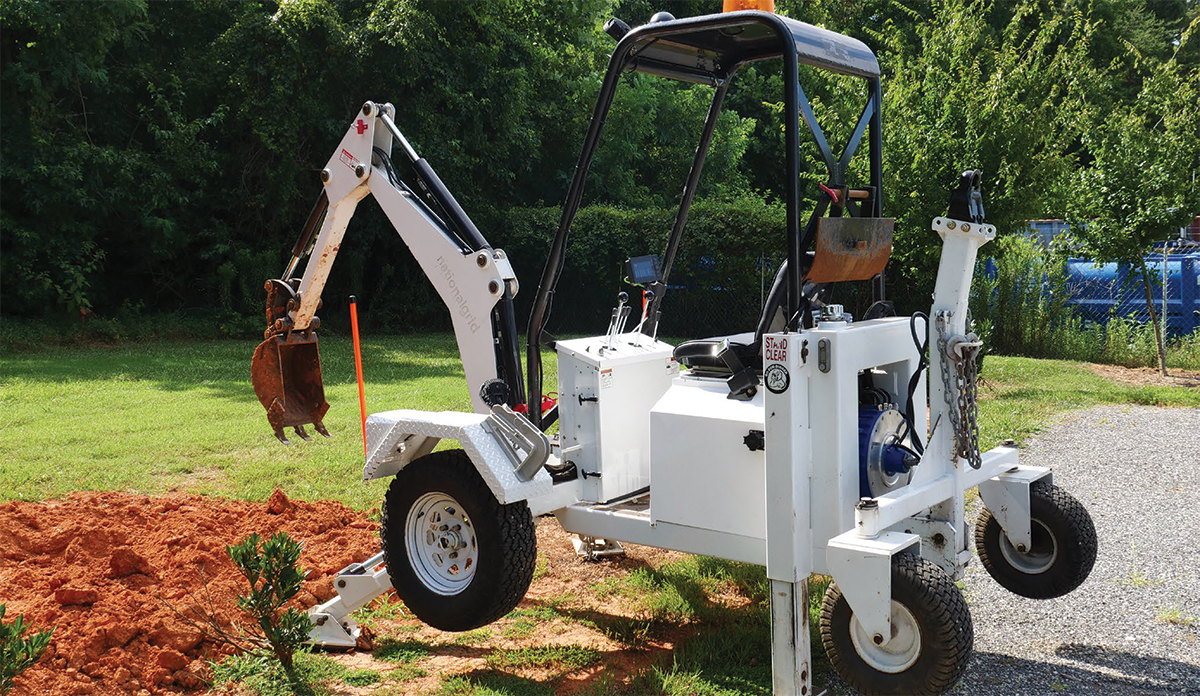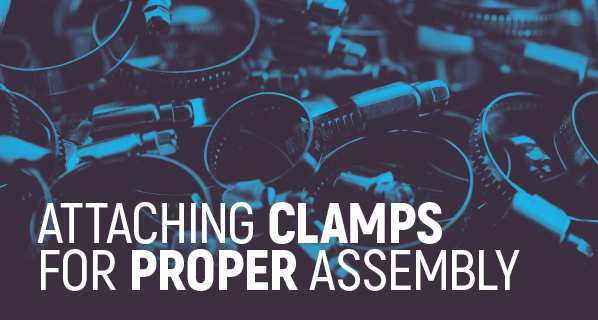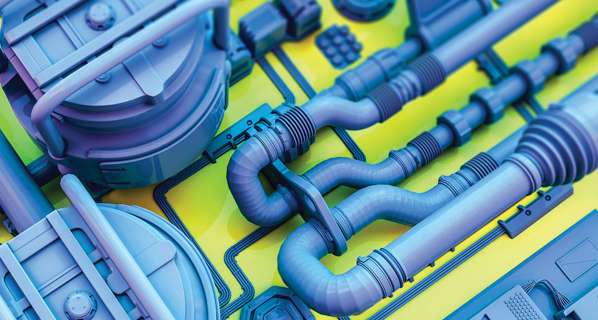Efficient Hydraulics Are Critical in Electrifying Off-Highway Machines
By Jeff Curlee, CFPE, Engineering Manager, Cross Company.
Why should you care about efficient hydraulics in electrification?
It may seem counterintuitive to focus on making hydraulic systems efficient when electrifying off-highway machines. However, most of the current ICE (internal combustion engine) driven off-highway machines do not have very efficient hydraulic systems. This is because ICE provides large amounts of power at a relatively low cost point, so the cost has sometimes taken priority over efficiency in the design of traditional ICE-driven hydraulic systems. In addition to having excess power, having the ability to simply refuel when you do run out means efficiency just isn’t a priority.
The story is quite different for electrification. When utilizing lithium batteries, the power density per unit of volume is lower than that of carbon-based fuels. The amount of lithium power that can be practically packaged on a machine must be taken into consideration due to both size and weight constraints. For this reason, hydraulic system efficiency gains are critical. If not considered, it is likely that electrifying a machine is cost-prohibitive or that the number of batteries needed – simply won’t fit.

Photo provided by Cross Company
So what does it mean to have efficient hydraulics?
In our experience, most customers do not have a good idea of the duty cycles and energy requirements for the individual functions of their machines. A critically important first step when considering electrification is energy mapping of the machine. By instrumenting the machine, we can gain a detailed understanding of the exact flows and pressures required for each individual function as well as the overall duty cycle of the machine. This allows the design team to clearly understand power requirements for a specified period of time and to accurately predict battery capacity requirements. It also allows the engineers to design a tailored, efficient hydraulic solution that maximizes the use of the battery power while also reducing the energy waste that reduces operating time.
Efficient valving
Electrifying a machine opens up control possibilities that are generally unavailable in traditional hydraulic systems on ICE machines. Electric motors can be run efficiently over a wide range of speeds, opening up the possibility of industrial-style VFD (Variable Frequency Drive) control of certain machine functions. While each application is different, this can allow a designer the freedom to choose a less expensive, low pressure drop control valve and use the variable speed of the motor-pump group to provide proportional speed control for a given function in the most efficient way possible. Even if this is impractical for a given function, understanding the specific demands of a function allows the designer to select the best possible control methodology to deliver power to the function with the lowest possible losses. This highlights why a detailed understanding of the operational requirements of the machine is so important.
Efficiently sizing of fluid conveyance
Just as with valving, it is important to give full consideration to the plumbing design of electrified equipment. It may seem counterintuitive, but even a quarter-inch change in hose size can have a huge impact on the overall efficiency of the machine.
Cross’s eMobility team recently worked on electrifying a mini-excavator for an OEM. During the process of electrifying the machine, our team changed the design architecture of the entire hydraulic system with the exception of the fluid conveyance system in an effort to gain efficiency. As we began to evaluate the performance of the machine, we discovered that the hoses were the source of significant pressure drop– even though they worked perfectly fine on the ICE version of the machine. This pressure drop significantly reduced operation time before recharge. After carefully analyzing the pressure losses due to improperly sized hoses, the team was able to implement a fluid conveyance design that increased the operating time of the machine by 30%. When compared to the cost of batteries that would be required to accomplish the same goal, the change in hose size and routing turned out to be a true bargain.
Hydraulic oil selection
Unfortunately, the selection of hydraulic fluid is an afterthought in most system designs. Many factors come into play when selecting the right fluid for your machine. All hydraulic component manufacturers have a recommended safe operating viscosity range for their components. The designer should take this into account along with the operating conditions of the machine in question. Once operating temperature ranges are understood, the designer can select a fluid that meets minimum requirements for the safe operation of the components in the system while minimizing pressure drop due to the effects of viscosity.







